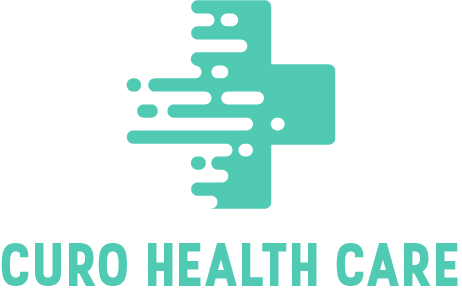What are the Treatments for a Misaligned Jaw?

If the teeth on the upper and lower part of the jaw don’t meet in a comfortable position, it’s often due to a misalignment. A couple of the most noticeable misalignments are underbites and overbites. Underbites are where the lower teeth rest in front of the upper, and overbites are the opposite. Orthodontists can offer a variety of treatment options, but usually the process of correcting the issue takes up to a year or longer.
What are the impacts of a jaw misalignment?
Having a jaw misalignment that others can notice or cause discomfort can trigger both physical and emotional symptoms. Severe misalignments can make it difficult to talk, eat, sleep, and breathe without pain. Some people even have pain when they aren’t moving their jaw at all. Along with the physical anguish, people can get very insecure and find that they aren’t living as joyful a life as they want.
What is a jaw misalignment technically called?
Orthodontists often refer to mismatched bites as “malocclusions”, in which treatments can entail cosmetic dentistry, braces, medication, splints, stress reduction techniques, or surgery. Usually braces are recommended to correct a malocclusion, but it depends on the individual person and the severity of the misalignment. Braces may be on for 1-3 years, and as the orthodontist tightens the wire, the jaw and teeth gradually move into proper alignment.
Are there instances where headgear is recommended?
Yes, if an orthodontist determines that the misalignment is too excessive to receive just standard braces, then headgear may be used instead. There are two types of headgear. The first is called “retraction” headgear, that moves the upper jaw back. The second is called “protraction” headgear, where the jaw is moved forward. Braces are adhered to the teeth with external and internal wires, so a strap can fit over the head and neck.
What is an expander?
An orthodontist may install an expander for the upper jaw to correct an underbite, if the lower jaw is set more forward and the bottom teeth are in front of the upper set. The jaw expander rests between the teeth across the upper palate of the mouth. Every night the patient must widen the expander using a small key adjuster, and after around one year the jaw should widen and fix the misalignment.
In what circumstances would surgery be needed?
Only in very severe instances of jaw misalignment would orthognathic surgery of the jaw be necessary. During the surgery, screws, plates, and wires are used to correct the misalignment issue. Such surgery is typically reserved for patients who feel like their daily functions like sleeping, eating, and talking are drastically disrupted.
What does cosmetic dentistry for a jaw misalignment entail?
Patients who have a mild case of misalignment may receive cosmetic dentistry, where the lower teeth are reshaped and veneers are applied to the upper teeth. While it doesn’t correct the misalignment, it does help make the issue less observable to others. This option may be best suited for people who don’t have pain associated with the problem and want to feel more confident in their smile.
Consider speaking with an orthodontist near you, such as an orthodontist from John Redman Orthodontics, as soon as possible for information on dental remedies.
